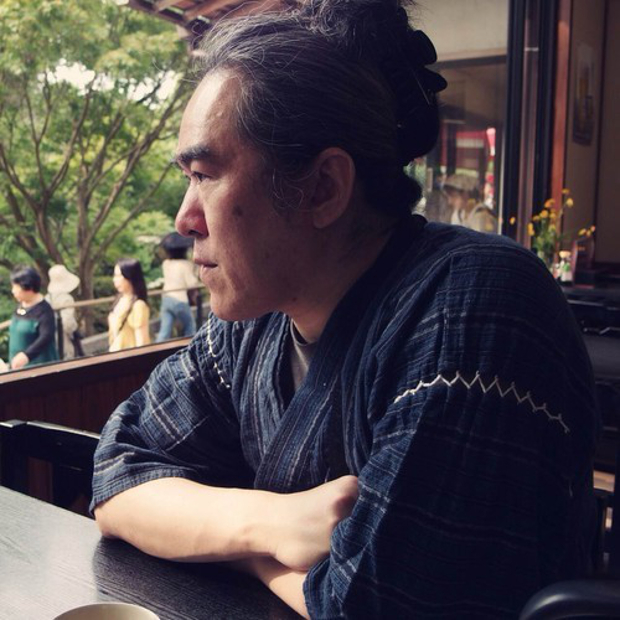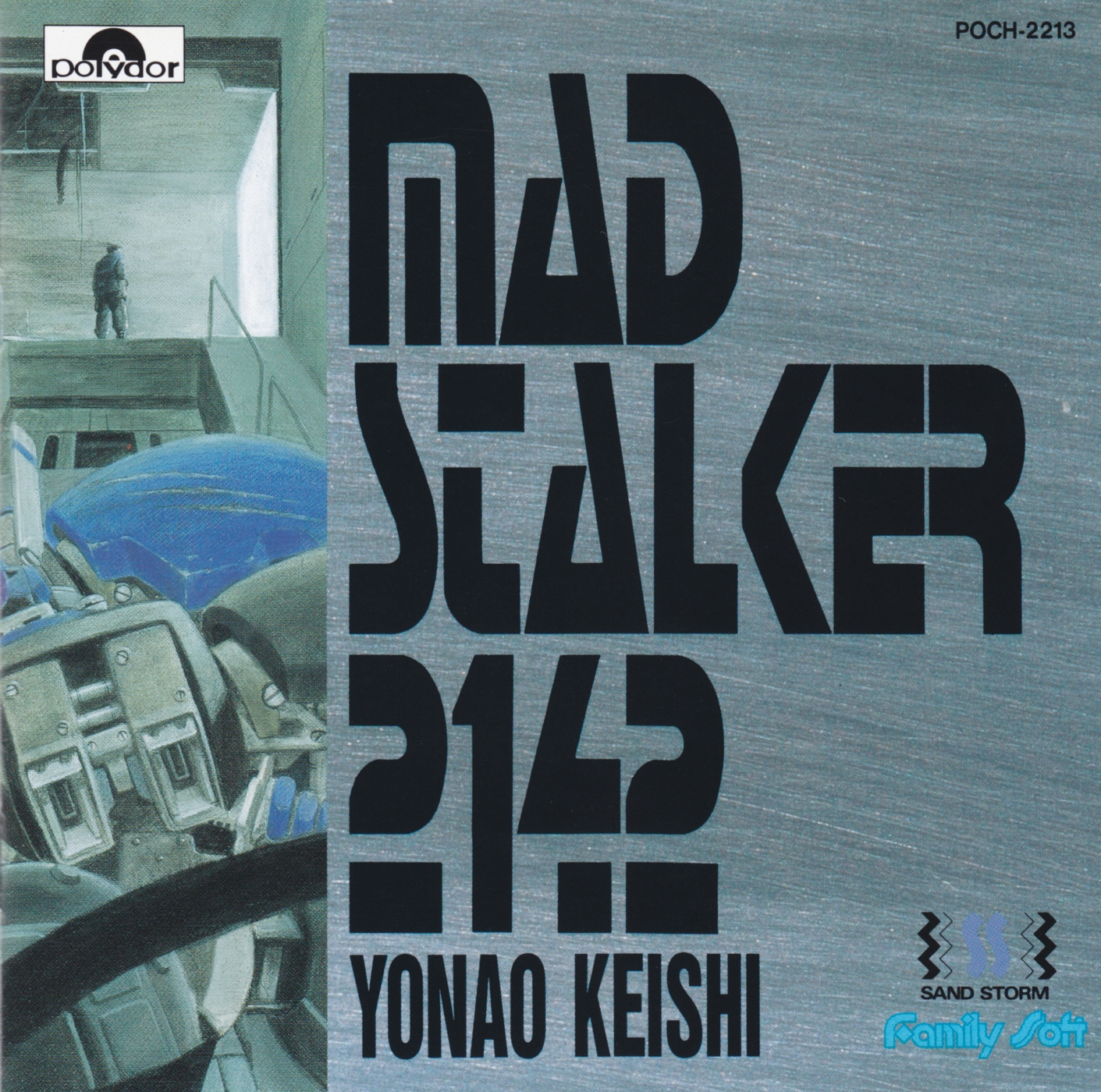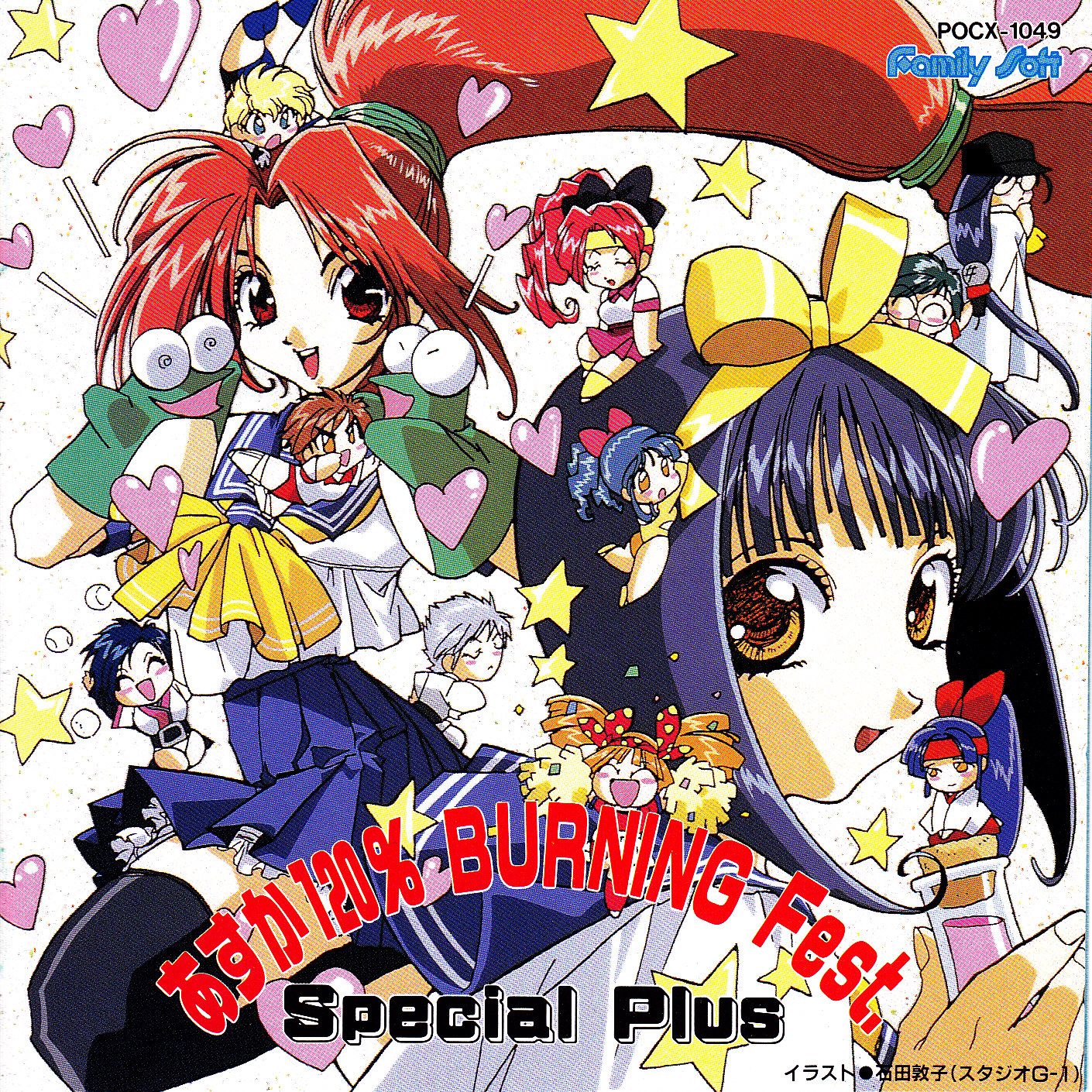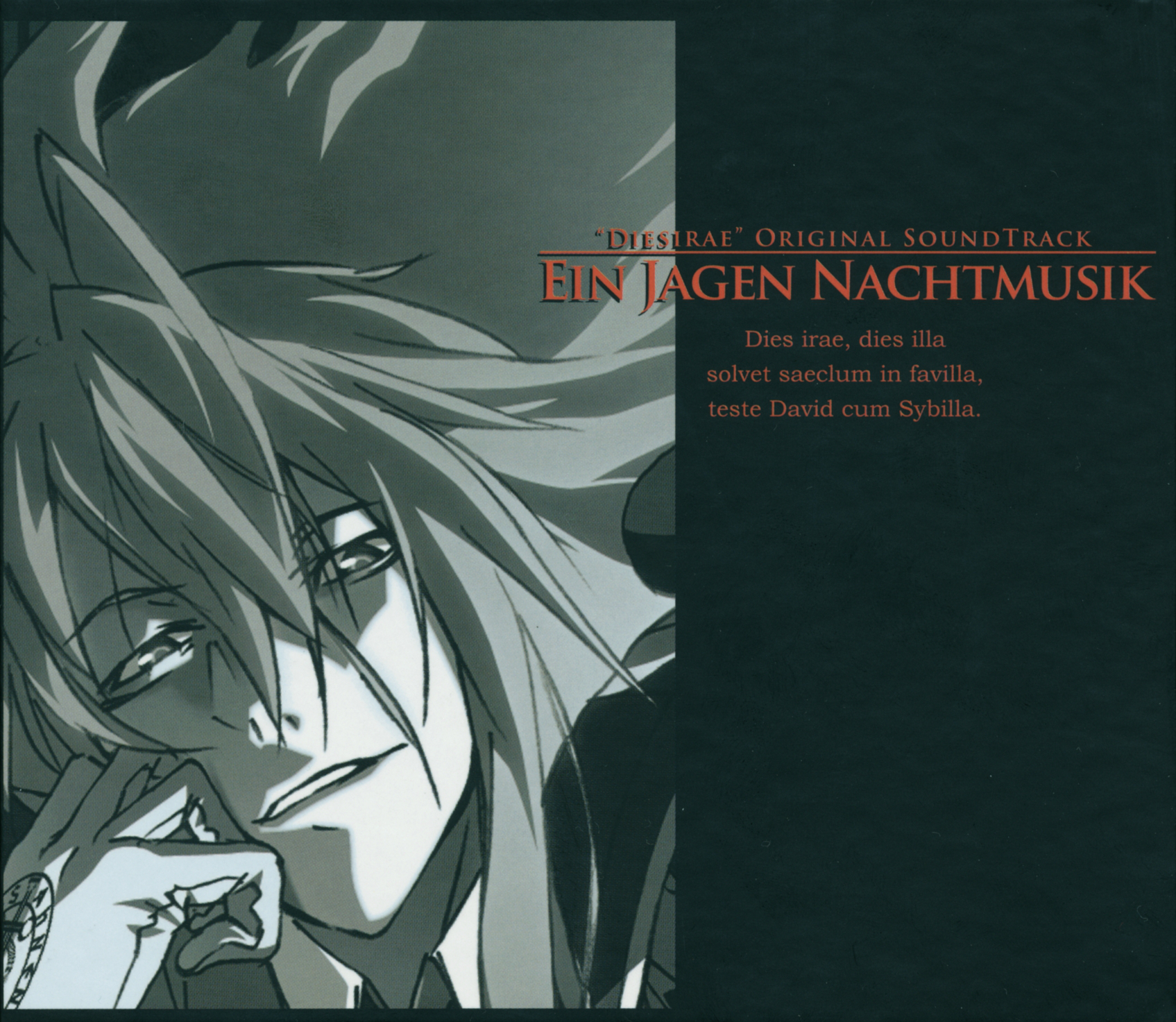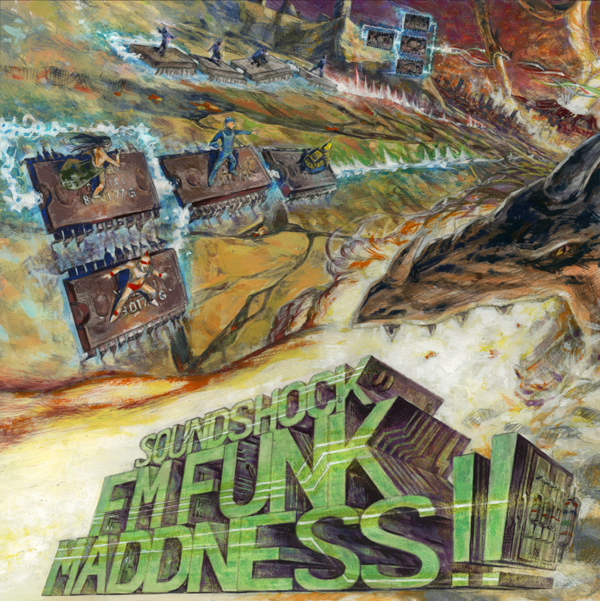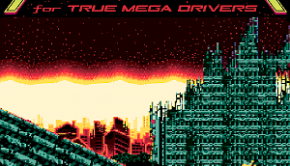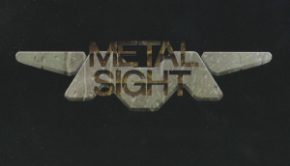Keishi Yonao Interview: Back to the Sharp X68000
Keishi Yonao is highly regarded in Japan for his technical mastery and musical creativity. His international exposure has been limited due to his focus primarily on the visual novel sector, though he has still worked on numerous other projects: from fighting games (Asuka120%) and shooters (e.g. Mad Stalker), to original and collaborative albums.
In his first English-language interview, Yonao gives an insight into his background, career, and philosophy. Along the way, he discusses his earliest programming experiences, working on the collaborative SOUNDSHOCK projects, and international attitudes towards visual novels.
Interview Credits
Interview Subject: Keishi Yonao
Interviewer: Chris Greening
Translation & Localisation: Tomoko Akaboshi, Gerardo Iuliani
Editor: Chris Greening
Coordination: Don Kotowski
Interview Content
Chris: Keishi Yonao, thank you so much for doing this interview. First of all, could you tell us about your musical background, education, and influences? What led you to becoming a video game sound creator?
Keshi Yonao: I never received a musical education, so everything I know about music is self-taught. Back in 1986, while I was in my second year of college, my parents bought me a SHARP X1TurboII and a FM sound source board. I started composing using the software “VIP” that was bundled with them. I learned little-by-little by inputting band scores into the program and reading about musical theory on my own. And eventually, I started making my own original songs…
In 1989, a year after I graduated from college, I joined a Tokyo company called Hz as a part-timer and it was there where I began working as a sound creator. Back then, a friend of mine was already working as a programmer for Hz; he was the one who introduced me to them and also directly connecting me with them by bringing a demo tape of the songs I had created during my student days using the combination of the X1TurboII and the FM sound fonts.
Chris: Could you tell us about your earliest experiences in the games industry working on titles such as Hydefos and Neural Gear? What was it like to work early computers such as the X68000, MSX-2, and PC-9801 on such titles?
Keishi Yonao: While Hydefos was released for the MSX-2, I made the songs for it in MML format using original drivers made by Hz. I made two different versions for it: one using the basic internal sound font PSG3 and one that used the FM-PAC. As almost all this was a new kind of work environment for me, I gained programming skills bit-by-bit while reading the user’s manual as I was composing. Of course, I had a deadline to meet and I was very conscious to push my skills over the limit to meet it…
As for the PC9801, I don’t remember having done much for this system aside from Lenam. Since it was a port work, I didn’t really compose anything for it and didn’t work on it for very long. My memories of this project are pretty vague, but I think I made a converter and gave it to the programmer.
Chris: How did you then go on to carve a niche with Sharp systems?
Keishi Yonao: When I made the music for the Neural Gear that was released in the X68000, the work environment consisted of the YM2151 I used during my student days with an ADPCM added. This allowed me to greatly expand the breadth of the songs. I managed to draw a more realistic atmosphere for my pieces, for example by using the ADPCM for the drums.
That said, sampling sound sources was still a lot of trouble. Even if the base materials had an excellent sound, their quality would degrade once I sampled them, so I wasn’t really able to get the sounds I hoped for. As the ADPCM tracks can only emit one sound at the same time, I needed to do all sorts of tricks like finely replacing the sounds as they were emitted, which was quite hard.
Chris: Among your best-known soundtracks are Mad Stalker. Can you discuss the inspirations for your funk-styled music on this title? Do you think the music represents your core style? How did you adapt Mad Stalker for an arranged album?
Keishi Yonao: I listened to EW&F [Earth, Wind & Fire] for many years, so they ended up creating the basis for my style. I also used the game Galaxy Force as a reference while working on Mad Stalker. I always thought that, for shooters, the ideal sound would be a fusion-styled one that also made use of the slap bass. I then developed my own style by adding my own unique chords upon these foundations.
Chris: You were also the musician behind the Asuka120% series. How did you approach the series compared to other fighting games of the day? How did you develop on the concept of the original with the series’ album releases and sequel scores?
Keishi Yonao: To be honest, I didn’t really have much time to work in these titles, so none of the tracks for these games reflect any sort of preparation, planning, or consideration. I just thought of creating music that incorporated the minimal elements required sound-wise, or better said, sounded appropriately intense for a battle.
With later games in the series, I didn’t just limit myself to using the internal sound fonts: as game systems were now capable of playing back WAV files, I made these songs using several synthesizers, introducing several loop materials and keeping on mind that they should be as gaudy as possible.
Chris: In more recent years, you have won awards for your soundtracks on visual novels. What do such games require musically? What we can expect from your music of titles such as the Dies irae, Soushuu Senshinkan Gakuen Hachimyoujin, and Kakyuusei series?
Keishi Yonao: These songs were made to enliven the story, so they all sound different depending on the story they were composed for. While I wouldn’t say this is an unconditional rule, I would make cinematic movie-styled songs if I were requested to do so.
As for my future work on visual novels, I’m currently considering all sorts of things. I think it’d be great if we could head down on a direction where the essential charm for the music is the artistic side instead of the more superficial technical side.
Chris: Through your work on such titles, you have developed a reputation as a vocal composer and arranger. Could you tell us about your songwriting process? How do you ensure your theme songs capture the game’s world?
Keishi Yonao: I commission the writing of lyrics to others. I make the songs, write them down into scores, and hand them over as reference material to the lyricists so they can do their job.
Chris: While popular in Japan, visual novels aren’t widely published in the West. Why do you think this is?
Keishi Yonao: I don’t really know, but now I think about it… As a game genre, they are completely different from all others when it comes to playability, so it might be because there isn’t any foundations laid over there for their acceptance. Maybe they should be targeted to a different demographic. I think the visual novels that get praised and are valued the most are those that have puzzle-solving elements and feature unpredictable twists in their stories, so maybe it’d be a good idea to sell them to the public that loves mystery novels and suspense stories rather than conventional gamers.
That aside, how about their design? As far as it comes to designing them in a way the players can empathize with the characters, there are large differences when it comes to the impressions the game will cause on the player depending on the country, but I think that Japan’s way of design is extremely unique. Also, given that many visual novels are aimed at an adult public, it’s necessary to be careful with the legal matters and with the degree of exposure these games can have, as there are points where they may end up straying away from morality.
Chris: Do you feel this has limited your international exposure?
Keishi Yonao: I think I have still had many chances to hear what the people abroad think about my music due to the many directions my work has taken me. It’s an entirely different matter whether this is good or bad though!
Chris: You’ve also been extensively involved in several collaborative projects. Could you tell us about your roles on SOUNDSHOCK, Toy Instrumental, and GEONDAN? What attracted you to each of these projects?
Keishi Yonao: SOUNDSHOCK are compilation albums that sound like FM sound source festivals of sorts. I made my contributions to these albums thinking I’d love to make everyone happy by using experiences I gained from working from activities long ago.
For Toystrumental, these albums were my first chances to make use of the KORG DS-10 virtual synthesizer. I thought that, if I played actual music by using something that could be called a toy as a musical instrument, I’d surely be able to surprise people. Believing I’d be able to actually implement that shock as entertainment, I created the unit called Spin→Out. So these albums were created just as a part of the unit’s activities and were consistent with its goals. This unit has already run its course, so now I’m thinking about other things.
As for GEONDAN, my stance was to cooperate with them as much as I could whenever they asked for my help. It was fun in many ways to be connected with so many fellow music composers. I was a member from the very beginning, but I don’t think I really got to propose any ideas for starting new projects.
Chris: Finally, we’d love to hear about your work with the label MYU-RECORDINGS. How did you become involved in this label in 1993 and how have you continued to contribute in the two decades since? Could you share the story behind your original albums Prospect, Cyberphonic 1, and Cyberphonic 2?
Keishi Yonao: Before the Internet became as widespread as it is now, we had several local computer network communities that we accessed using the telephone lines. Among them, I always accessed one called MYU-NET. In one of its corners, there was a place where we could share music, regardless of it was original or copied, and talk about all sorts of topics. The people gradually started gathering the songs they made in there, and they finally also joined up to form the music label MYU-RECORDINGS. As I basically could only offer music, I never worked at any sort of management or production-related roles in it.
The Cyberphonic series is a sort-of original research I carried out back then. While I shared some sketches for it in the aforementioned community, I had my chance to shine when I got a proposal from the label sponsor Mr. Yoneyama and thus went on to make these albums. After the first album was announced for release, I made 2 because the first album got a very positive reaction and was very popular.
Afterwards, I became unable to continue making any other sequels for them (3 is still a work in progress at the moment). Instead, I ended up gathering another collection of songs I had offered to MYU-RECORDINGS and used them to make Prospect instead. Maybe we could describe it as a best-of album.
Chris: Many thanks for your time today. What can fans of your music look forward to in the future? Do you have any messages to readers around the world?
Keishi Yonao: I think I’ll have many visual novels to continue working on for some time, but I’d also like to challenge many other new things to a degree it won’t mortify me. I’m also working in several other projects outside of games too. And while I’ve mostly been a solo player, I’d also like to make collaborative works with all sorts of people. I think it’d be pretty fun to compare how I was in my older works to how I’ll be in my new ones. Please keep looking forward to my future works!
Posted on October 5, 2015 by Chris Greening. Last modified on October 5, 2015.

